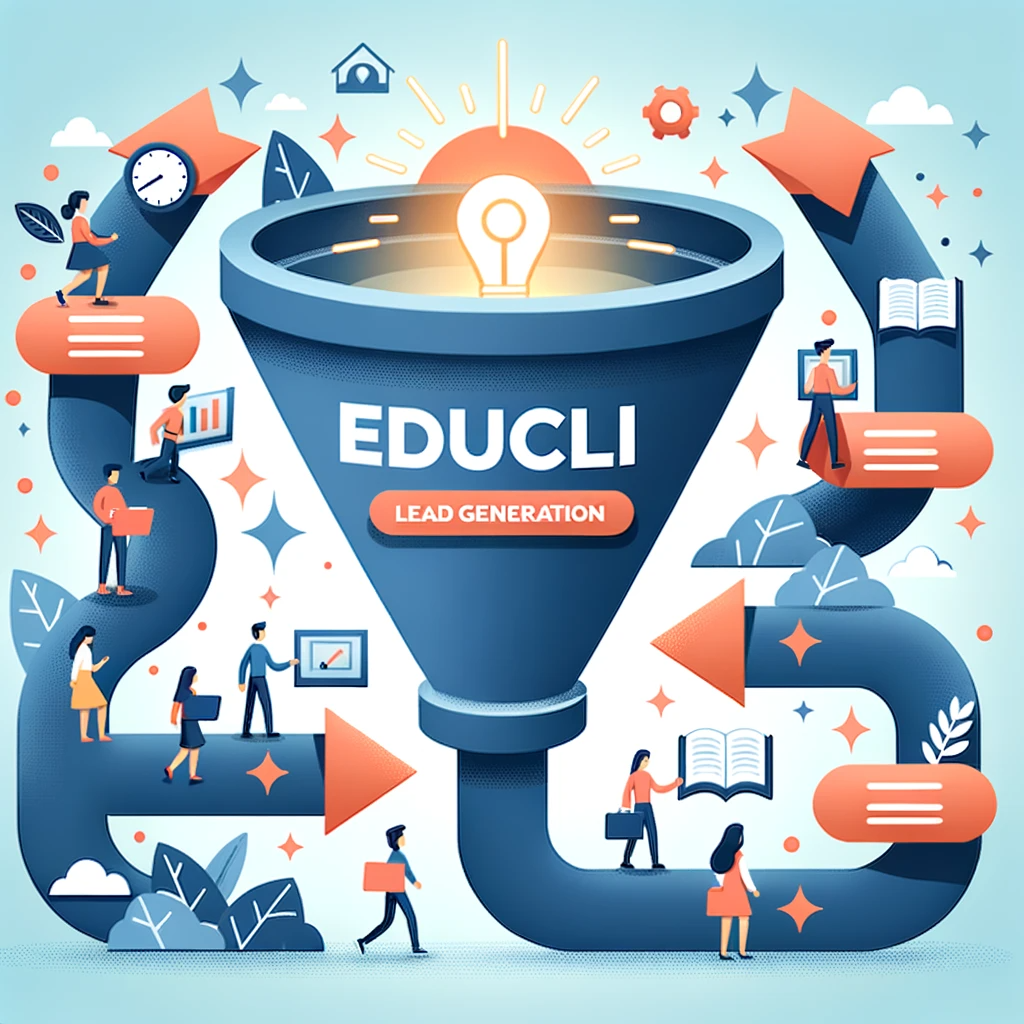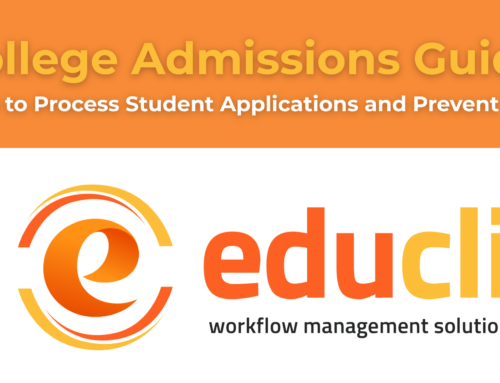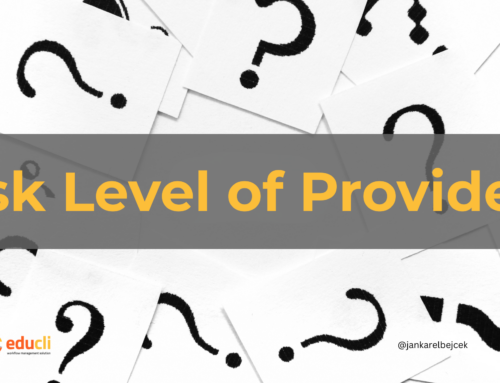Many educational institutions are seeing an increase in the number of interested students. The Internet appears to play a significant role in this pattern, as it facilitates students’ ability to simultaneously contact multiple institutions with questions using online forms, social media, or plain old email. Similarly, prospects can file a larger field of applications thanks to online application processes, such as central application systems that allow students to apply to a number of institutions at once. The proliferation of educational resources online has led to the emergence of a new type of applicant in many admissions processes: the “stealth applicant.” These potential students are shielded from the institution’s monitoring, filtering, and communication systems until the application stage. Some of these “stealth prospects” might simply be avoiding the school because they do not want to give their contact information through less covert channels. For others, all the resources they need to complete an application can be found on the web. As a result of these factors, many educational institutions are finding it difficult to effectively manage and qualify an increasing number of applicants. It appears that these same factors are lowering yield rates, or the percentage of people who make initial inquiries and end up enrolling.
Is your leads list made up from quality leads?
Educators and marketers alike can not stress the importance of understanding the enrollment funnel. It symbolizes the path a potential student takes before becoming an actual enrolled student. The conventional funnel model, however, has been criticized for its lack of flexibility and its failure to account for the many different paths that students may take.
Traditionally, enrollment has been boosted by increasing the number of potential students at each funnel stage or by boosting conversion rates. Not every inquiry reflects the same level of interest, timeliness, or suitability for admission, and some students will remain at one stage longer than others. “The traditional funnel paradigm tends to view developing and communicating with the prospect pool as a one-and-done event, rather than a process,” says a 2009 white paper from Noel-Levitz. “The prospect response rate (from search to inquiry) became the primary mechanism for evaluating the quality of the prospect pool, and the focus on moving students from one stage of the funnel to the next led institutions to discard high-quality prospects who didn’t respond to the initial marketing contact.”
Strategies for an Effective Funnel
- Realize that there is no universal sales process that works for all businesses. Prospects enter at various points and come from a variety of places, such as websites and career fairs.
- Pre-Qualify Leads: It is important to evaluate leads early on to see if they have enough interest and are a good fit. Prospects can be divided into groups according to their level of interest in receiving marketing communications.
- Improved engagement with qualified leads should be a primary goal of any communication strategy.
- Data analysis: Institutions often have access to a wealth of data, but they fail to put it to good use. Analysis of trends and conversion rate monitoring can yield useful information for fine-tuning tactics.
Once an institution segments its prospects, they should concentrate limited staff and marketing resources on those segments that are likely to generate the highest conversions (to the next stage of the funnel) and yields (conversion to enrolment). Direct communications strategies with qualified prospects should be designed to encourage and strengthen prospect engagement with the institution. High-quality prospects (which will have been identified by your grading or segmenting process as above) are a tremendous asset for any institution, and also a great place to start when building engagement across the funnel and in any effort to improve actual enrolment numbers.
“Communication strategies traditionally used for enquiries can be quite effective with prospects, such as inviting prospects to campus, sending them information on outcomes for students, or mailing them an application instead of waiting for them to request one,” adds Noel-Levitz.
Using historical funnel trend data in enrolment management: “With the above data set in hand, one can project fall enrolment and yield by monitoring and comparing each target group’s rates of movement toward enrolment each week of the recruitment cycle,” notes the white paper. “This also highlights the need for targeted interventions. For example, groups of students who are moving slowly from admit to matriculant (the yield rate) require different interventions than those who are converting slowly from inquiry to application.”
Related links that we have explored in the past and that we would flag for any readers who would like to have additional background on the subject:
- Leveraging Social Media for International Student Marketing
- How institutions can improve international student conversions from admission to enrolment
- Is your instutution losing international student leads?
What it all means
The most important implication of funnel models for managing enrollment is that they direct an institution’s marketing and recruitment efforts to where they will have the greatest impact. The top of the sales funnel, where efforts are concentrated on raising brand awareness and attracting new potential customers, receives a disproportionate share of marketing resources. Converting that initial interest (and each subsequent phase of engagement) into actual enrolment is the real key, as the more nuanced funnel concept that we have considered here demonstrates.
“Placing too much of a focus on promotion is a common mistake,” says Tim Copeland, managing partner of the enrolment marketing firm DemandEngine. “What will make or break enrolment goals is how well those hard-earned enquirers are converted into applicants, registrants, or contracts signed. Consider this, in order to have the same impact on enrolment as a 1% increase in conversion rate of enquirers to applicants; it would likely take a 5-7% increase in response rate (prospects to enquirers). That is how the funnel works.”
Revamping the Enrollment Funnel with Educli’s Lead Generation Portal
In light of these difficulties and the necessity of a new strategy, Educli’s lead generation portal stands out as a major innovation. The platform is designed to bridge the gap between institutions and stealth applicants. Leads are not only collected, but also sorted into groups according to their likely future actions and nurtured accordingly. Educli’s data-driven method helps educational institutions concentrate their marketing efforts where they will have the greatest impact.
The enrollment funnel is an evolving concept that requires constant tweaking. While mass marketing strategies can drive awareness, the real success lies in converting interest into enrollments. With platforms like Educli’s lead generation portal, institutions can navigate the complexities of the digital age and ensure they reach and engage with the right prospects.
“A slight increase in conversion can have a more significant impact than a substantial increase in initial inquiries. That’s the power of the funnel.”




